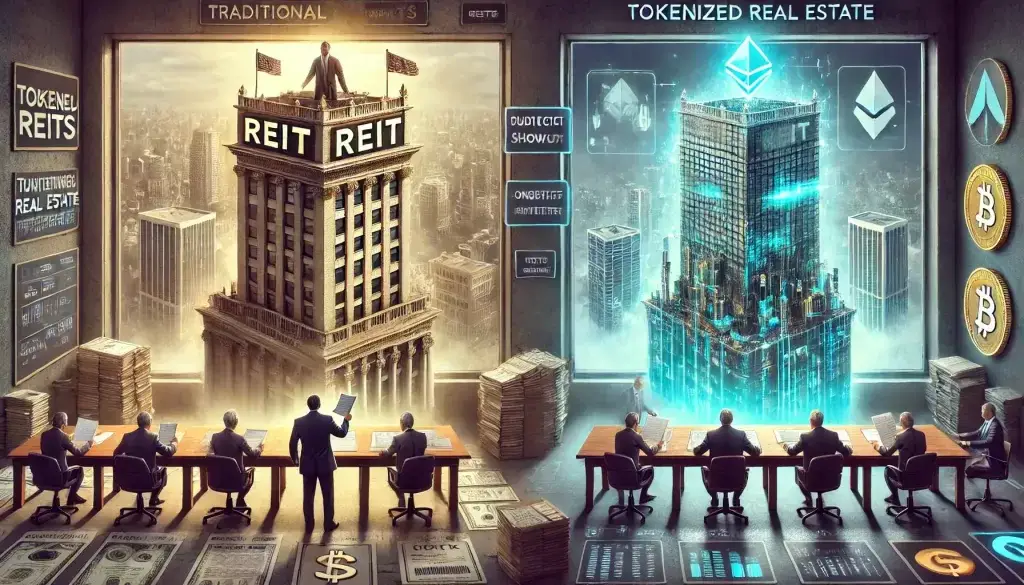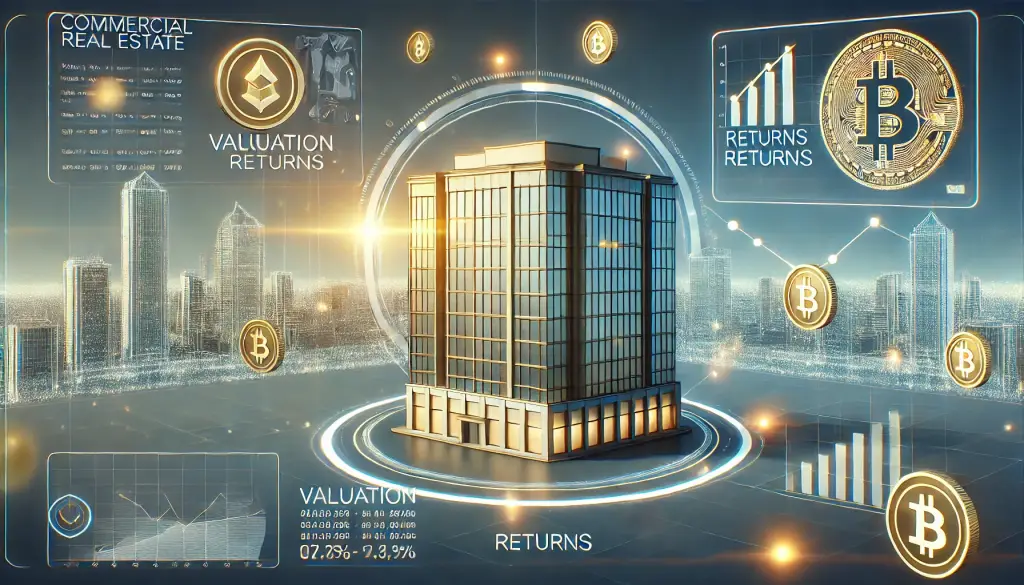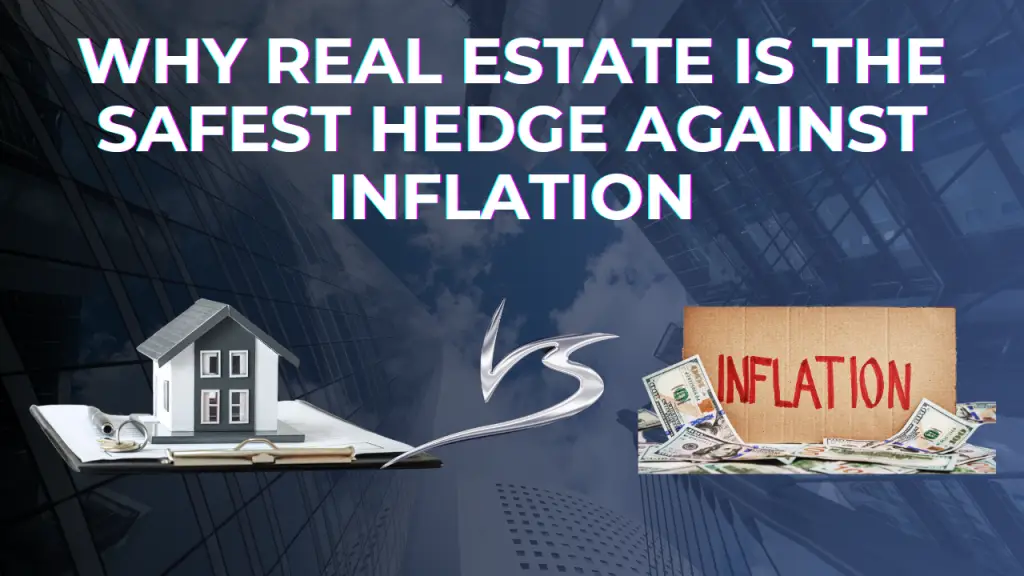Today is the digital age and businesses and individuals alike are increasingly relying on digital assets to store and transfer value. However, the safety and security of digital assets have long been a concern for many people. The emergence of blockchain technology has provided a solution to these concerns, offering a safe and secure way to store and transfer digital assets. In this blog post, we will discuss the safety and security of digital assets on the blockchain, and how blockchain technology has revolutionized the way we think about digital assets. Remember when it sounded crazy to enter your credit card number into a website “online”? That is because people did not understand the new technology and if it was safe to do so. Security Token Offerings (STO’s), like real estate tokens and other investments done digitally face the same adoption curve even though the blockchain technology is safer than your Google Chrome browser storing your credit card data.
Decentralization: One Key to Blockchain Security
One of the primary reasons why digital assets on the blockchain are considered safe and secure is because of the decentralized nature of blockchain technology. Unlike traditional databases, which are controlled by a single entity, the blockchain is a network of nodes that maintain a copy of the ledger. Each node on the network has a copy of the ledger, which is updated every time a new transaction is added to the blockchain. This means that there is no single point of failure in the system, making it difficult for hackers to manipulate or corrupt the data.
Decentralization is achieved through a process called consensus, where all nodes on the network agree on the validity of each transaction. Once a transaction is verified by the network, it is added to the blockchain, and the transaction cannot be altered or deleted without consensus from the network. This ensures that the blockchain is a tamper-proof system, making it an ideal solution for storing and transferring digital assets.
Immutability: Ensuring Digital Asset Integrity and Protecting Your Money
Another key feature of the blockchain that makes it a safe and secure way to store digital assets is immutability. Once information is put on the blockchain, it cannot be altered or deleted without consensus from the network. This means that digital assets, like fractionalized real estate a.k.a. “real estate tokens”, stored on the blockchain are immutable, making them more secure than traditional data storage methods.
The immutability of the blockchain is achieved using cryptographic hashes. Each block in the chain is linked to the previous block using a cryptographic hash, which is a unique string of characters that is created using a mathematical algorithm. Any changes to a block would result in a change in the hash, making it easy to detect any tampering with the data.
Encryption: Protecting Digital Assets from Unauthorized Access
Encryption is another important feature of blockchain technology that ensures the safety and security of digital assets. The use of encryption ensures that only authorized parties can access the data stored on the blockchain. Each block in the chain is encrypted, and access to the data is only granted to parties with the appropriate encryption key.
Encryption helps to protect digital assets from unauthorized access and ensures that only the intended recipient can access the data. This is particularly important for financial transactions, where sensitive information such as account numbers and transaction amounts need to be protected from unauthorized access.
Smart Contracts: Automating Digital Asset Transactions
Smart contracts are another key feature of blockchain technology that has revolutionized the way we think about digital assets. Smart contracts are self-executing contracts with the terms of the agreement between buyer and seller being directly written into lines of code. These contracts can automate many processes, reducing the need for intermediaries and the potential for human error.
Smart contracts on the blockchain can be used to automate various types of transactions, from financial transactions to supply chain management. They can help to reduce the time and cost involved in these transactions and can provide greater transparency and security for all parties involved.
Now, even better than smart contracts, as far as STO’s and digital securities (investments) go, are purpose-built block chains. Whereas STO’s or “Real Estate Tokens” created on general purpose block chains, like Ethereum, need smart contracts to operate which can create potential vulnerabilities, purpose built blockchains like Polymesh, are specifically designed for the regulation and safety digital assets require. Purpose-built blockchains are now being used to create real estate tokens and the parameters that go with those tokens in the “layer one” blockchain versus the smart contract that needs to go on top of it. This dramatically improves the accuracy and safety of the assets on chain and is what regulators are looking for in these types of assets moving forward.
Digital assets and specifically real estate on the blockchain are considered safe and secure due to several features of blockchain technology, including decentralization, immutability, encryption, and smart contracts. All of this helps eliminate the risks associated with traditional data storage methods and provides greater transparency and security for digital assets and gives power to the people.
The future of investment real estate is changing, and frankly in the real estate industry it’s long overdue. Safety and security first is the key to moving forward with digital assets and allowing real estate to be pathway to financial freedom for all.




